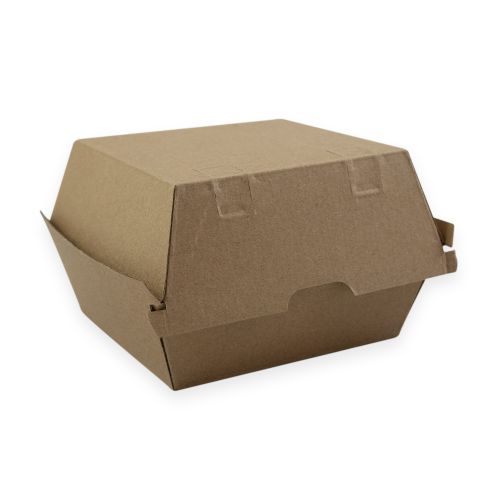In Australia, around 7.6 million tonnes of food is thrown out each year. That’s the equivalent of more than 300 kilos of food per person going directly into the bin – all at a cost of $36.6 billion to the national economy. In a bid to dramatically improve the situation, and in alignment with the UN’s Sustainable Development Goals, the Australian Government has committed to cutting food waste in half by 2030.
With that date now less than seven years away, it’s up to all of us to contribute to the cause. And fast. There’s a number of obvious ways to work at countering food waste – as individuals or as a business. As a hospitality company, for example, you might reduce your menu or find ways in which you can preserve ingredients for longer; in healthcare, you might attempt to send more unwanted food to compost. But one area that could make a surprising difference is packaging.
Surprise Packaging
The importance of packaging in the fight against food waste can’t be overstated. In fact, a significant amount of food is wasted – whether spoiled or spilt – before it even makes it to the consumer. In certain cases this is due to poorly designed packaging, in others because there is a lack of packaging altogether. But, more surprisingly, packaging can also a large effect on whether food is actually eaten or thrown away.
Types and styles of packaging have been shown to influence perceptions on everything from food quality to how healthy a product might be. All of which can make a difference to whether food will be wasted or not. One recent UK study by sustainability charity Wrap showed that fruit and vegetables wrapped in plastic has the potential to encourage waste. This is because customers will often buy more of them – expecting them to last longer – only to throw out extras they don’t want in due course.
To counter this, Bunzl’s Head of Sustainability Felicity Kelly suggests brands focus on using primary packaging that may alter a consumer’s intentions and habits. For example, using primary packaging made from sustainable materials like recycled PET, sugarcane and paperboard may compel and encourage customers to act in a more sustainable way.
Making it Clear
It’s also been shown that clearer communication on packaging prevents consumers from losing track of a product’s shelf-life. This can include information about storage, disposal, longevity and best before and expiry dates. The Australian Packaging Covenant Organisation’s (APCO) Australasian Recycling Label (ARL) is a global leader in on-pack labelling schemes, with many large Australian and New Zealand brands adopting the program. The ARL helps educate consumers about correct packaging disposal and has proven to effectively reduce consumer waste.
For brands, going back to basics and investing in education around what sustainability means is important. According to Bunzl’s Key Account Manager – Catering, Rachel Fairweather, misleading information can cause major public confusion, especially with customers. “Keep open communication, find accurate information and present it in an easy way to benefit both customers and staff. It’s all about having those conversations on how you can better assist consumers in reaching their specific sustainability goals – and keeping them up to date and informed on ongoing innovation in that space,” she says.
So as we head closer to 2030, and towards that target to halve the amount of food we throw out, using sustainable packaging may just prove a crucial move.
